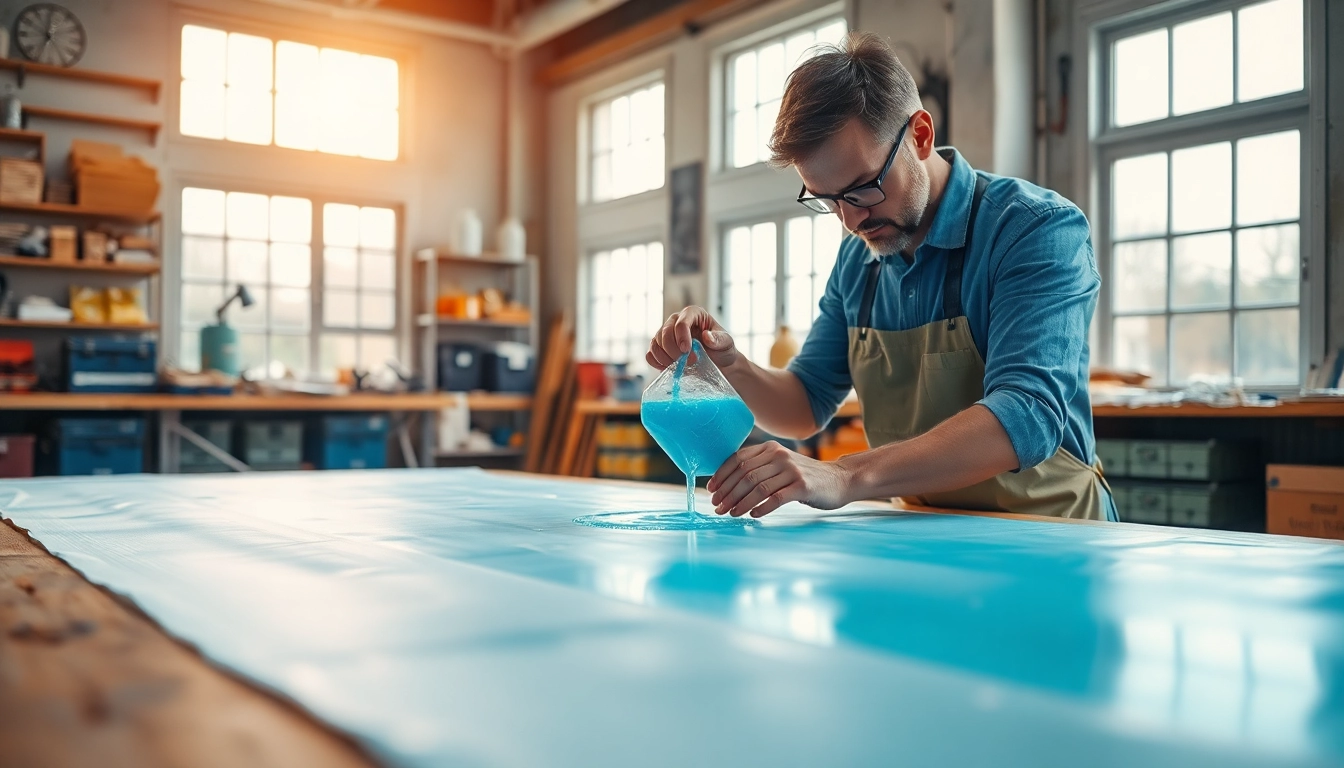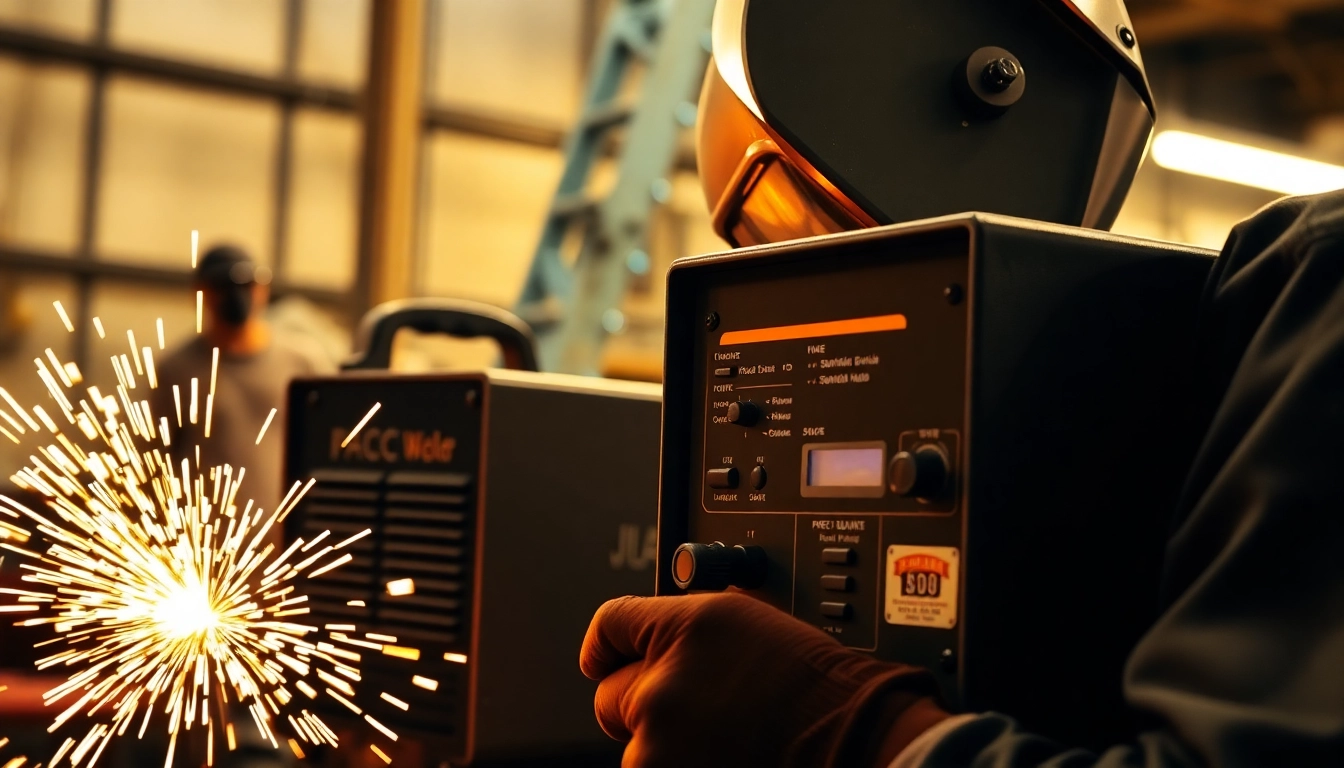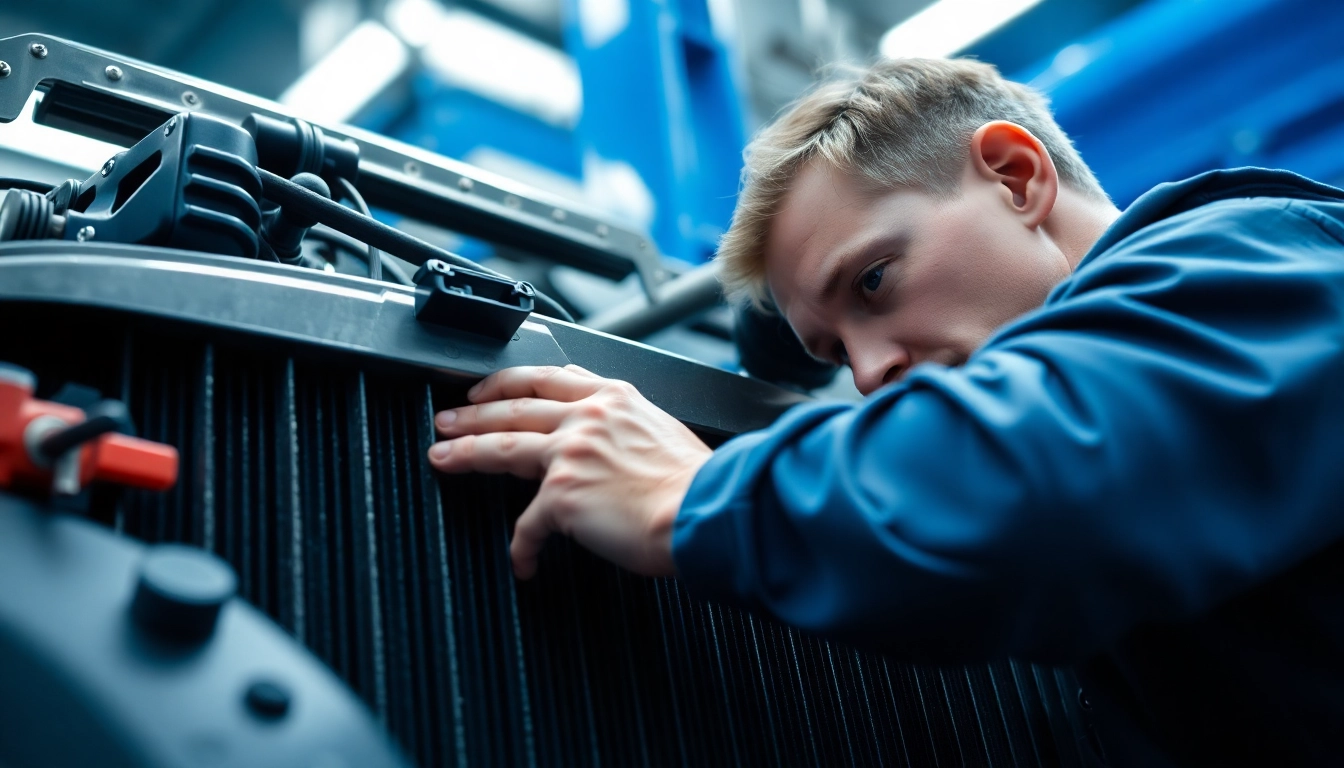Understanding Laminating Resin: Definition and Usage
What is Laminating Resin?
Laminating resin is a type of synthetic resin used predominantly in the lamination process—where fiberglass or other materials are bonded together to form strong, lightweight composites. This versatile material is at the heart of many manufacturing processes, particularly in the marine, automotive, and construction industries. Laminating resins typically include polyester and epoxy variations, both of which cater to specific application needs and performance requirements.
In the context of composite building, laminating resin plays a crucial role in providing structural integrity and durability. The resin saturates reinforcing materials, creating a solid and cohesive bond when cured. Curing can be achieved through various means including new advancements that utilize sunlight or chemical catalysts, which allow for rapid project completion with immense strength.
For those involved in projects that require precision and durability, understanding the different types of laminating resin can significantly enhance the quality of work produced. This knowledge not only aids in material selection but also improves application efficiency and overall effectiveness.
Common Applications of Laminating Resin
Laminating resin finds usage across various sectors, including:
- Marine Construction: Used in building boats, canoes, and other watercraft, providing lightweight yet durable structures capable of withstanding the harsh marine environment.
- Automotive Industry: Essential in the construction of composite body panels and components that require high strength-to-weight ratios, improving fuel efficiency and performance.
- Sports Equipment: Used in the manufacturing of high-performance sporting goods such as surfboards, bicycles, and snowboards, which benefit from its lightweight and strong characteristics.
- Aerospace Applications: Laminating resin is employed in the construction of aircraft components, offering considerable reductions in weight while maintaining stringent strength requirements.
- Construction and Industrial Applications: Ideal for strengthening structures, laminating resins are often applied in building facades, roofs, and other architectural elements where durability is essential.
Types of Laminating Resin
Understanding the different types of laminating resin is essential for selecting the right material for specific projects. The two most common categories are:
- Polyester Laminating Resin: This type is known for its cost-effectiveness and decent performance in various applications. It is particularly popular in marine applications because of its resistance to water and general ease of use. However, polyester laminating resin tends to have lower strength compared to epoxy alternatives, making it suitable for less demanding constructs.
- Epoxy Laminating Resin: Epoxy resins offer superior adhesion, durability, and resistance to environmental stressors. They are ideal for applications requiring high strength and less shrinkage, such as aerospace and high-performance automotive components. Though typically more expensive than polyester, the benefits often outweigh the costs in critical applications.
The Benefits of Using Laminating Resin in Projects
Adhesion and Strength Features of Laminating Resin
One of the primary benefits of using laminating resin is its excellent adhesion properties. The resin works cohesively with the fibers of the reinforcing materials to create a robust bond. This quality is paramount in applications where structural integrity is non-negotiable, such as in boat hulls, where the resin must withstand both internal and external stresses.
Furthermore, laminating resins have high tensile and compressive strength, contributing to overall project longevity. They are engineered to distribute loads evenly across the bonded materials, reducing the risk of failure at critical stress points.
Cost-Effectiveness of Laminating Resin
Economically, laminating resin offers significant advantages, especially when compared to traditional building materials. The ability to produce strong, lightweight composites reduces material usage and minimizes shipping costs. This efficiency is especially beneficial in large-scale applications where thousands of units may be produced. Additionally, lower maintenance costs arise as these resins provide highly durable products with extended lifespans.
Companies investing in laminating resin technology often experience reduced operation costs over time due to fewer repairs and replacements, which can drastically extend the profitability of projects.
Durability and Resistance Properties
Laminating resins are known for their exceptional durability. They exhibit resistance to factors such as moisture, chemical exposure, UV light, and temperature fluctuations. This durability makes them suitable for long-term applications in varying environments, from humid coastal areas to dry desert climates.
The inherent properties of laminating resin allow for components that do not require extensive upkeep, promoting sustainability in manufacturing and maintenance practices. This characteristic is especially vital as industries are increasingly focused on environmentally friendly practices, finding economically viable solutions that require fewer resources over time.
Choosing the Right Laminating Resin for Your Needs
Factors to Consider When Selecting Laminating Resin
Choosing the appropriate laminating resin involves careful consideration of several factors:
- Application Requirements: The demands of your specific project will dictate the type of resin you should use. For instance, marine applications may require moisture resistance, while automotive needs could prioritize strength.
- Environmental Conditions: Consider the working and curing environment. Some resins are formulated for use in cooler conditions, while others cure more effectively in warm settings.
- Cure Time: Understand how quickly you need the project completed. Some laminating resins cure faster than others; choosing the wrong one can delay project timelines.
- Compatibility: Ensure the selected resin is compatible with the reinforcing materials in your project. Non-compatibility can lead to poor adhesion and project failure.
Comparing Polyester and Epoxy Laminating Resin
When deciding between polyester and epoxy laminating resin, it’s essential to weigh the pros and cons of each:
| Feature | Polyester Laminating Resin | Epoxy Laminating Resin |
|---|---|---|
| Cost | Generally lower | Higher initial cost |
| Strength | Good, but limited | Superior |
| Adhesion | Moderate | Excellent |
| Cure Time | Usually faster | Varies, can be slower |
| Application Versatility | Commonly used in basic applications | Versatile, suitable for high-performance needs |
Ultimately, your choice should align with your project requirements, budget constraints, and performance expectations. If your project necessitates maximum reliability and performance, investing in epoxy laminating resin may yield better long-term results.
Understanding Viscosity and Cure Times
The viscosity of a laminating resin plays a crucial role in how it can be applied and the characteristics of the cured bond. Resin viscosity affects the flow characteristics, making it easier or harder to work with during application. Lower viscosity resins tend to be preferred for applications requiring detailed work and intricate shapes, while higher viscosity resins are often used for thicker applications.
Moreover, understanding the cure times associated with different resin types is imperative for managing project timelines. Polyester laminating resin typically cures faster than epoxy, often allowing for quick turnarounds on projects; however, the trade-off may be in the overall performance. Know your project scope and how cure times will impact scheduling for optimal results.
Application Techniques for Laminating Resin
Preparing Your Workspace for Laminating Resin
Proper preparation of your workspace is essential for successful laminating resin application. Here are key steps to ensure a conducive environment:
- Clean and Dust-Free Area: Ensure the application area is free from debris and contaminants, enhancing adhesion and the quality of the cured product.
- Temperature Control: Maintain a temperature conducive to the curing process, as extreme cold or heat can alter performance.
- PPE Gear: Establish safety protocols by equipping yourself and anyone assisting with proper personal protective equipment (PPE), ensuring safe working conditions.
- Gathering Tools: Prepare the necessary tools, including brushes, rollers, and squeegees, to facilitate a smooth application process.
Step-by-Step Guide to Applying Laminating Resin
The application of laminating resin is pivotal for project success. Follow this step-by-step guide to ensure a seamless process:
- Prepare the Surface: Clean, sand, and dry the substrate to ensure optimal bonding with the resin.
- Mixing the Resin: Following the manufacturer’s guidelines, mix the resin and hardener thoroughly in the recommended proportions. This task is critical as improper ratios can lead to incomplete curing.
- Application: Apply the resin using a brush or roller swiftly, saturating the fiber materials without trapping air bubbles—this can compromise the integrity of the laminate.
- Curing Process: Allow the resin to cure completely, monitoring the environment for consistency in temperature and free from airflows that could interrupt the process.
- Post-Cure Finishing: Once cured, inspect the laminate for flaws and sand any rough edges for a refined finish before proceeding with further project phases.
Best Practices for Working with Laminating Resin
To maximize the effectiveness of your laminating resin application, adhere to the following best practices:
- Follow Manufacturer Guidelines: Always adhere to the mixing and application instructions from the resin manufacturer to avoid issues related to curing or adhesion.
- Temperature Awareness: Be mindful of the ambient temperature during application and curing. Working in conditions exceeding or falling below recommended ranges can drastically affect performance.
- Layering Techniques: When laminating multiple layers, consider the need for intermediate sanding between coats, depending on the type of resin used to maximize adhesion.
- Regular Monitoring: Monitor the work as it cures, looking for any signs of incomplete curing or air bubbles that may jeopardize the structural integrity of your project.
Safety Tips When Using Laminating Resin
Personal Protective Equipment (PPE) for Laminating Resin
Your safety during the application of laminating resin is paramount. Always utilize appropriate PPE, which may include:
- Respirators: Protect against fumes and vapors released during the curing stage.
- Gloves: Use nitrile gloves to prevent skin irritation from resin exposure.
- Safety Goggles: Shield your eyes from splashes and potential debris during application.
- Protective Clothing: Wear long sleeves and pants made of durable material to cover the skin effectively.
Handling and Storage Guidelines for Laminating Resin
Proper handling and storage of laminating resin are essential for maintaining its integrity and performance. Consider the following guidelines:
- Storage Conditions: Keep resin in a cool, dry place away from direct sunlight. Extreme temperatures can affect resin performance.
- Container Security: Ensure that resin containers are tightly sealed to prevent contamination and premature curing.
- Expiration Awareness: Be conscious of resin shelf life. Using expired resins may lead to quality issues during application.
First Aid Measures for Laminating Resin Use
Despite taking safety precautions, accidents may happen. Familiarizing yourself with first aid measures for laminating resin can mitigate any health risks:
- Skin Contact: In case of skin exposure, immediately wash the affected area with soap and water. Seek medical assistance if irritation persists.
- Inhalation: If inhaled, move to fresh air immediately. If breathing is difficult, seek immediate medical attention.
- Eye Contact: Flush eyes with water for at least 15 minutes and seek medical help if irritation continues.



